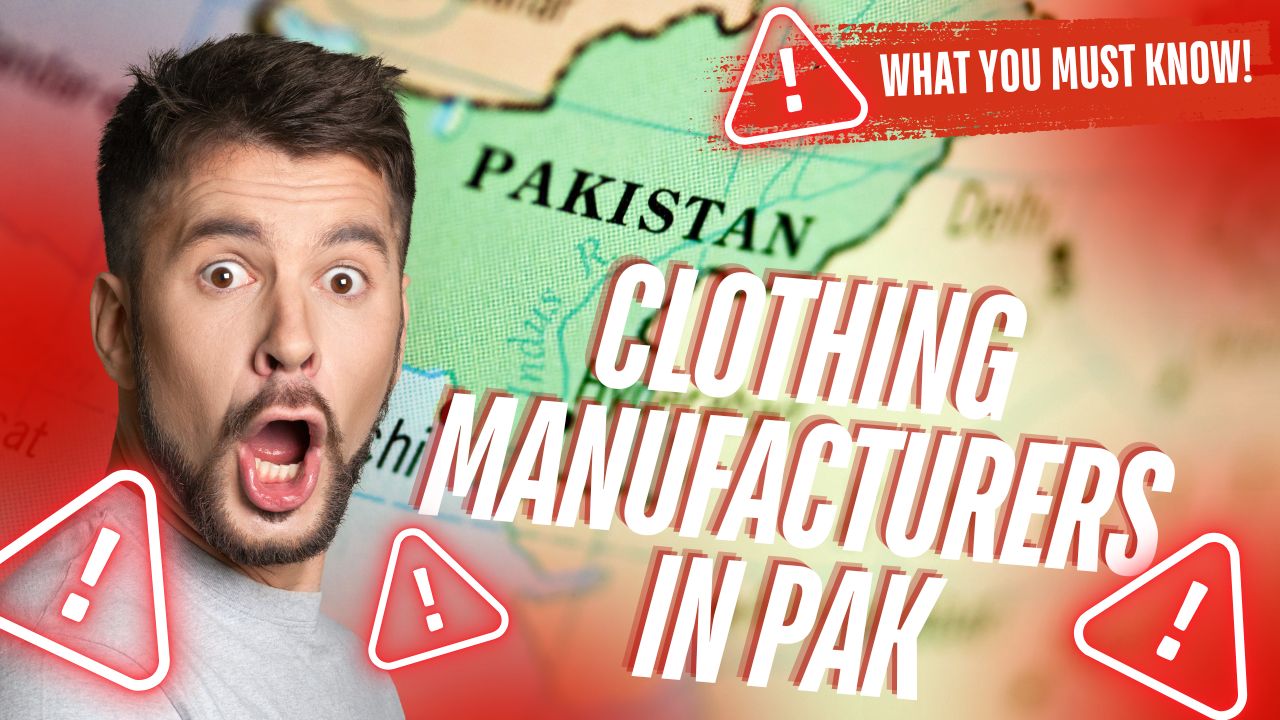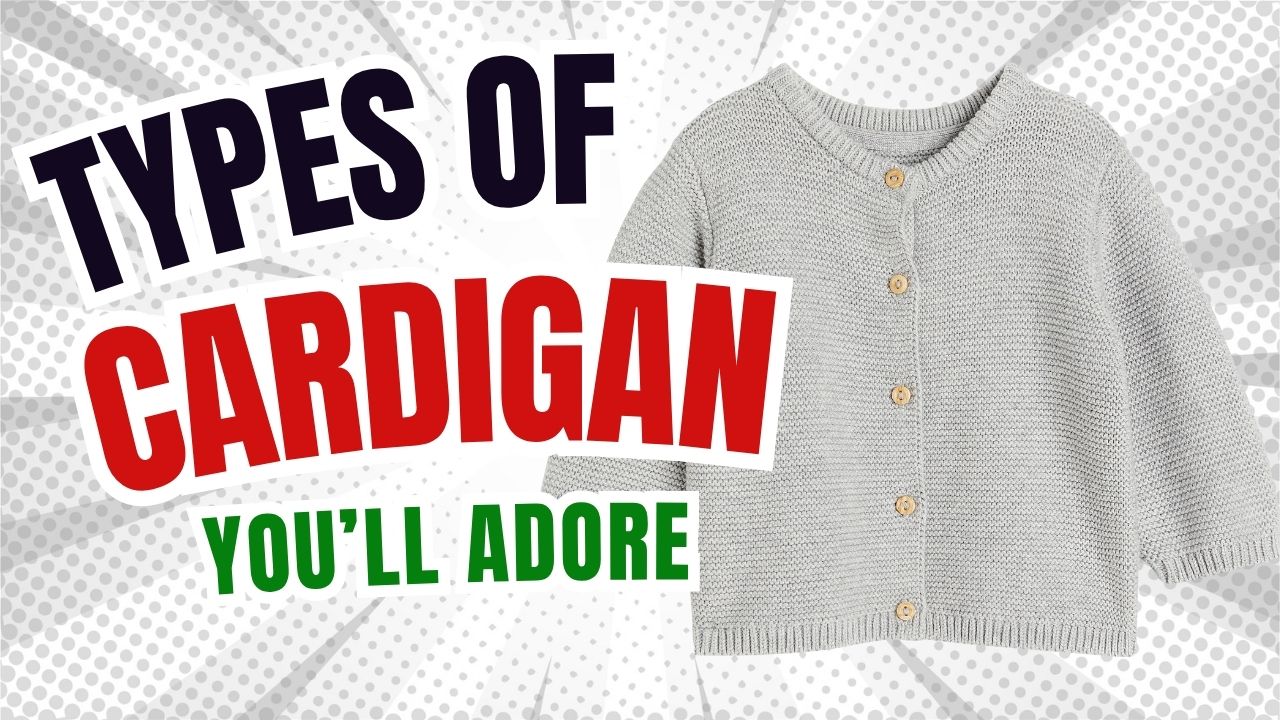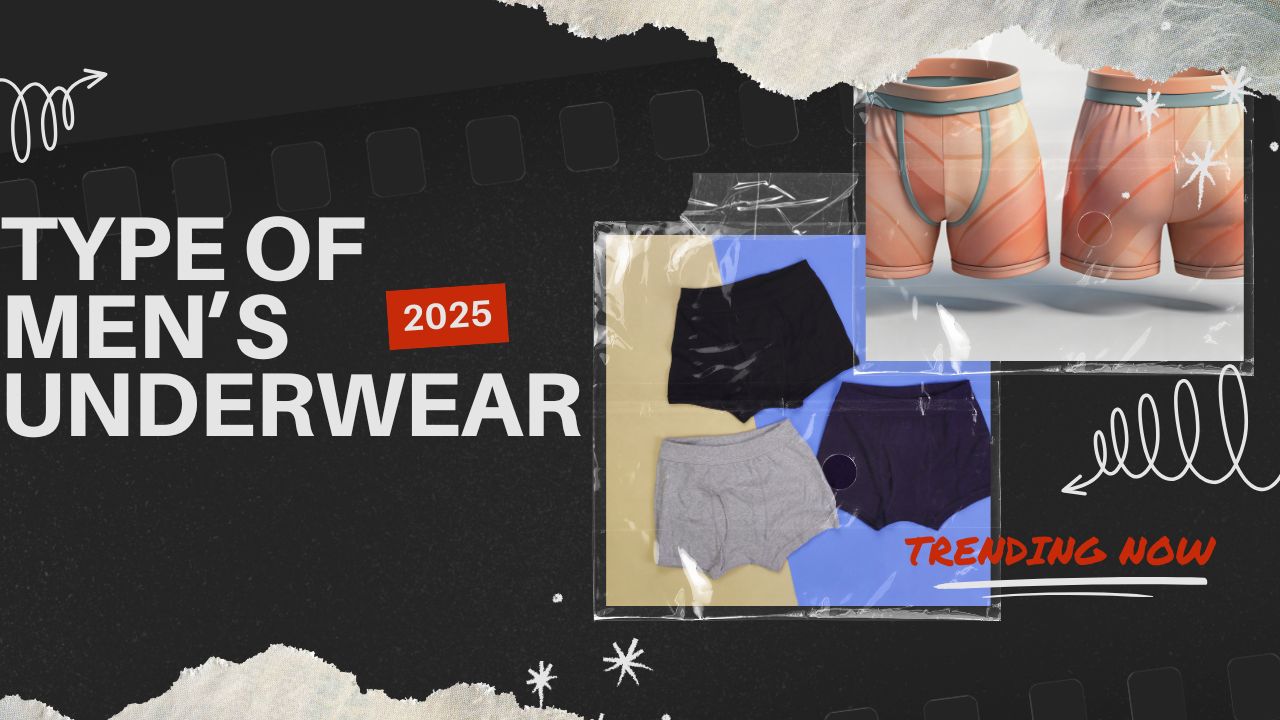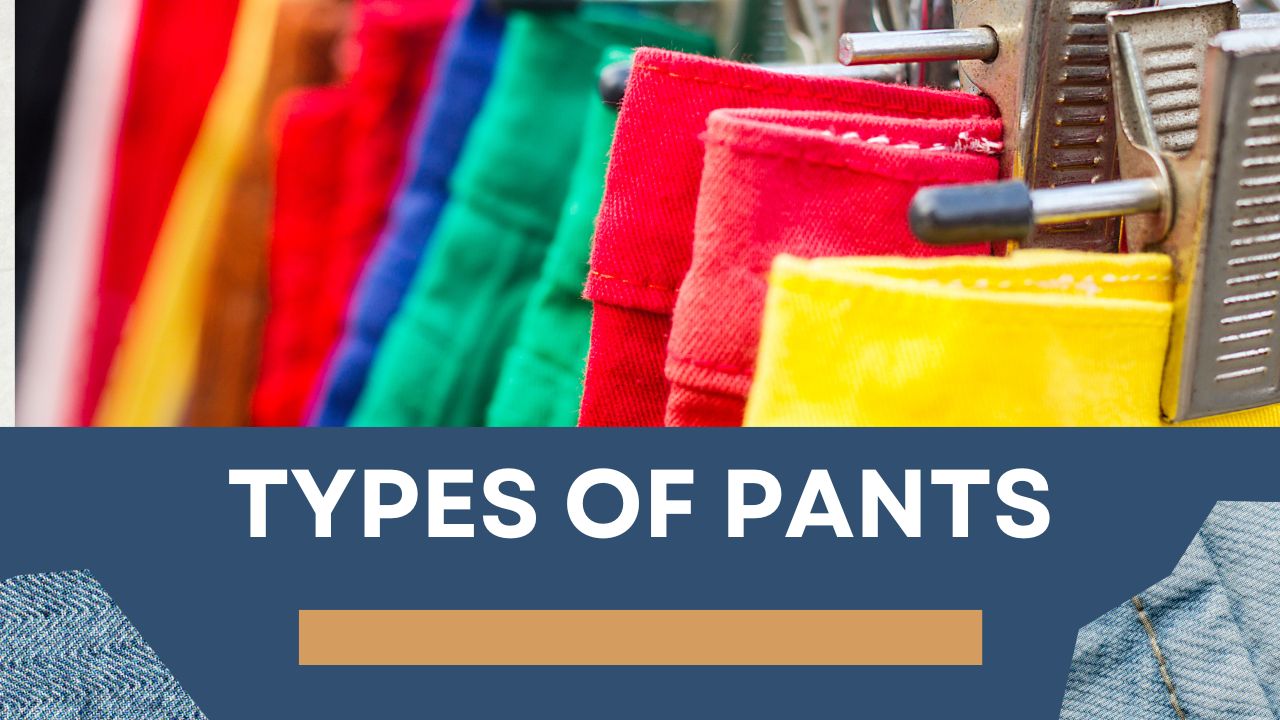Discover Leading Clothing Manufacturers in Pak Today!
Pakistan has been acknowledged for an extended period as one of the foremost nations globally. individuals involved in the textile and clothing production sector.Thanks to its rich cotton production, skilled labor, and strategic geographic location, the country serves as a vital hub for clothing manufacturers supplying global markets. Whether you’re a startup fashion brand or a large retailer, understanding the landscape of clothing manufacturers in Pak can open doors to competitive pricing, quality craftsmanship, and reliable production.
This piece explores the subtle details of the clothing manufacturing industry in Pakistan, covering everything from how to find clothing vendors to the benefits of cut and sew manufacturer services. If you’re looking to expand your supply chain or launch a new clothing line, this guide is your go-to resource.
History of Clothing Manufacturing in Pakistan
The roots of Pakistan’s clothing industry stretch back decades, evolving from traditional textile weaving and embroidery to high-tech garment manufacturing. Initially focused on exporting raw textiles, Pakistan gradually developed vertically integrated production capabilities, including knitting, dyeing, stitching, and finishing. This growth has made the country a formidable competitor on the world stage, with millions employed in the sector and exports reaching billions of dollars annually.
Searching for reliable clothing manufacturers in Pakistan? From casual wear to high-end fashion, Pakistan offers top-tier production. Express Stitch Industries specializes in custom clothes manufacturing, delivering quality, precision, and style for brands worldwide.
Types of Clothing Manufacturers in Pakistan
Cut and Sew Manufacturer Services
One of the most sought-after services offered by Pakistani clothing manufacturers is cut and sew manufacturer services. This process involves cutting fabric into specific shapes and stitching them together to produce completed clothing. Unlike bulk fabric suppliers, these manufacturers provide complete end-to-end production, ensuring designs come to life with precision. This is ideal for brands seeking customization, pattern adjustments, and control over garment fit and style.
OEM vs. ODM Manufacturers
When sourcing in Pakistan, you’ll encounter both OEM (Original Equipment Manufacturer) and ODM (Original Design Manufacturer) options. OEM manufacturers produce garments based on your designs, while ODMs may offer their own designs you can rebrand. Understanding the difference helps when you want to choose right clothing vendor aligned with your creative and business goals.
Key Textile Cities in Pakistan
Several cities in Pakistan stand out as manufacturing powerhouses:
- Karachi: The commercial hub with many large factories and export houses.
- Lahore: Known for its fashion industry and textile processing.
- Faisalabad: Often called the “Manchester of Pakistan,” a major textile production center.
- Sialkot: Renowned for high-quality stitching and craftsmanship, especially in sportswear and leather goods.
Advantages of Choosing Clothing Manufacturers in Pakistan
Choosing clothing manufacturers in Pakistan comes with a host of strategic advantages that make the country a top destination for apparel production worldwide. Here’s why partnering with Pakistani manufacturers can elevate your brand:
- Cost-Effective Production: Pakistan offers highly competitive manufacturing costs without compromising quality. Lower labor and operational expenses translate into affordable pricing for brands, increasing profit margins.
- Talented Labor Force: The nation has an extensive reservoir of skilled workers. experienced artisans and technicians proficient in various garment-making techniques, from traditional embroidery to advanced cut and sew manufacturer services.
- Diverse Product Range: Whether you need casual wear, formal apparel, or specialized fabrics, Pakistani manufacturers excel in handling a wide variety of styles and materials, allowing brands to diversify their collections effortlessly.
- Cut and Sew Expertise: Manufacturers provide tailored cut and sew services that enable brands to customize every detail of their garments, ensuring unique products that stand out in the market.
- Strong Textile Infrastructure: Pakistan’s integrated textile industry—from raw cotton production to finished fabrics—supports fast turnaround times and consistent supply chains.
- Compliance and Certifications: Increasingly, manufacturers adhere to international standards for labor rights, environmental sustainability, and quality control, making ethical sourcing easier for global brands.
- Flexible Minimum Order Quantities: Many factories accommodate both small-scale startups and large enterprises by offering flexible MOQs, allowing brands to grow without the pressure of huge initial investments.
- Strategic Location: Pakistan’s geographic position facilitates efficient shipping to major markets in Europe, North America, and Asia, reducing delivery times and logistics costs.
- Innovative Technologies: Investment in modern machinery and production technologies enables manufacturers to maintain high-quality standards while speeding up manufacturing cycles.
- Dedicated Customer Support: Pakistani clothing manufacturers They are recognized for their tailored service, collaborating closely with customers to. ensure all specifications and deadlines are met.
In summary, the advantages of choosing clothing manufacturers in Pakistan lie not only in affordability but also in expertise, quality, and versatility—making it a smart choice for brands aiming for long-term success and growth in the fashion industry.
How to Find Clothing Vendors in Pakistan
- Finding reliable suppliers can feel daunting, but these methods make it easier:Participate in regional and global trade fairs and exhibitions. like the Pakistan Textile Expo.
- Utilize online B2B platforms such as Alibaba, TradeKey, or Pakistan’s own trade portals.
- Network through industry directories and associations like the Pakistan Association of Readymade Garments Manufacturers and Exporters (PRGMEA).
How to Choose Right Clothing Vendor
Selecting the appropriate partner can determine your success or failure. clothing line. Consider:
- Their production capacity and range of services.
- Certifications that prove compliance with ethical and quality standards.
- Ask for fabric and garment samples.
- Understand their pricing structures and minimum order quantities (MOQs).
- Clear communication channels and responsiveness.
Cut and Sew Manufacturer Services in Pakistan
Cut and sew services are vital for fashion brands requiring unique designs and custom fits. Pakistani manufacturers excel here, offering everything from small batch orders to large-scale production. They allow brands to:
- Customize patterns and sizes.
- Choose fabrics and trims.
- Oversee every stage from cutting to stitching to finishing.
This flexibility is crucial in a fast-paced fashion market where trends change rapidly.
Challenges in Pakistan’s Clothing Manufacturing Industry
While Pakistan’s clothing manufacturers offer tremendous advantages, there are challenges:
- Infrastructure issues can sometimes cause delays.
- Meeting international compliance for labor and environmental standards requires ongoing improvements.
- Rising competition from countries like Bangladesh and Vietnam.
Brands must weigh these factors and work closely with manufacturers to mitigate risks.
Sustainability and Ethical Manufacturing in Pakistan
More manufacturers in Pakistan are embracing sustainability. Use of organic cotton, eco-friendly dyes, and energy-efficient processes are becoming common. Ethical labor practices and transparent supply chains help brands meet growing consumer demands for responsible fashion.
Tips for New Fashion Brands Working with Pakistani Manufacturers
Startups should:
- Be clear about design specs and deadlines.
- Visit factories if possible or hire third-party quality inspectors.
- Build relationships over time for smoother collaboration.
- Stay flexible but firm on quality standards.
Case Studies: Successful Brands Using Pakistani Manufacturers
In recent years, the global fashion landscape has increasingly turned its attention toward Pakistan’s thriving apparel production sector—and for good reason. Many well-known international brands, from luxury to streetwear, have quietly partnered with skilled factories across Pakistan to take advantage of the country’s advanced textile infrastructure and deep-rooted tailoring heritage. Brands like Zara and Next source a wide array of products, including denim, outerwear, and knitwear, from Lahore and Karachi due to the country’s ability to manage large-scale production without sacrificing quality or delivery timelines. At the same time, rising fashion labels in the UK, USA, and the Gulf region have praised their Pakistani partners for flexibility in MOQ (minimum order quantity), fabric sourcing support, and personalized prototyping services—key elements that allow small brands to scale quickly and efficiently. These case studies prove that Pakistan isn’t just a budget-friendly option; it’s a powerhouse of innovation, craftsmanship, and reliability. Whether it’s quick turnarounds, sustainable material options, or specialized production capabilities, the success stories from global brands showcase Pakistan as a serious player in the international garment supply chain.
Future Outlook for Clothing Manufacturing in Pakistan
The future of clothing manufacturing in Pakistan looks exceptionally promising as the country positions itself as an essential contributor to the worldwide textile supply chain. With rapid technological adoption, including digital pattern-making, automated cutting machines, and sustainable dyeing techniques, Pakistan is steadily moving beyond traditional manufacturing into a more innovation-driven era. The increasing global demand for eco-friendly fashion has prompted many Pakistani factories to invest in organic materials, green energy solutions, and waste-reduction processes—making them more attractive to brands that prioritize ethical production. Furthermore, government-backed textile policies, reduced import duties on raw materials, and the development of industrial zones are paving the way for greater foreign investment and joint ventures.
Pakistan’s young, skilled workforce and competitive labor costs continue to give it a strategic advantage over regional competitors. Additionally, as e-commerce brands look for flexible production partners who can handle both mass production and small-batch orders, Pakistani manufacturers are adapting with agile supply models and improved communication infrastructures. As global sourcing shifts in response to geopolitical changes and rising production costs elsewhere, Pakistan is poised to become a go-to destination for both large-scale fashion retailers and niche apparel brands seeking reliable, high-quality manufacturing partnerships.
Conclusion
Pakistan remains a cornerstone of the global apparel manufacturing industry. By understanding how to find clothing vendors, evaluating services like cut and sew manufacturer services, and knowing how to choose right clothing vendor, brands can leverage Pakistan’s strengths to build successful and sustainable clothing lines. With a blend of tradition, skill, and innovation, clothing manufacturers in Pak offer unmatched value to fashion businesses worldwide.
FAQs
- What are cut and sew manufacturer services?
- Cut and sew services involve cutting fabric pieces and stitching them together to produce completed clothing items, allowing for customized designs and precise fit.
- How to find clothing vendors in Pakistan safely?
- Start by attending trade shows, exploring verified B2B platforms, checking industry directories, and requesting samples before committing.
- Why is choosing the right clothing vendor important?
- The right vendor ensures quality, timely delivery, ethical practices, and cost efficiency, which are crucial for brand reputation and success.
- Are Pakistani clothing manufacturers suitable for small batch production?
- Yes, many manufacturers offer flexible minimum order quantities, making them ideal for startups and niche brands.
- How do Pakistani manufacturers ensure quality control?
- They follow international certifications, use skilled labor, conduct inspections, and offer sample approvals to maintain high standards.











